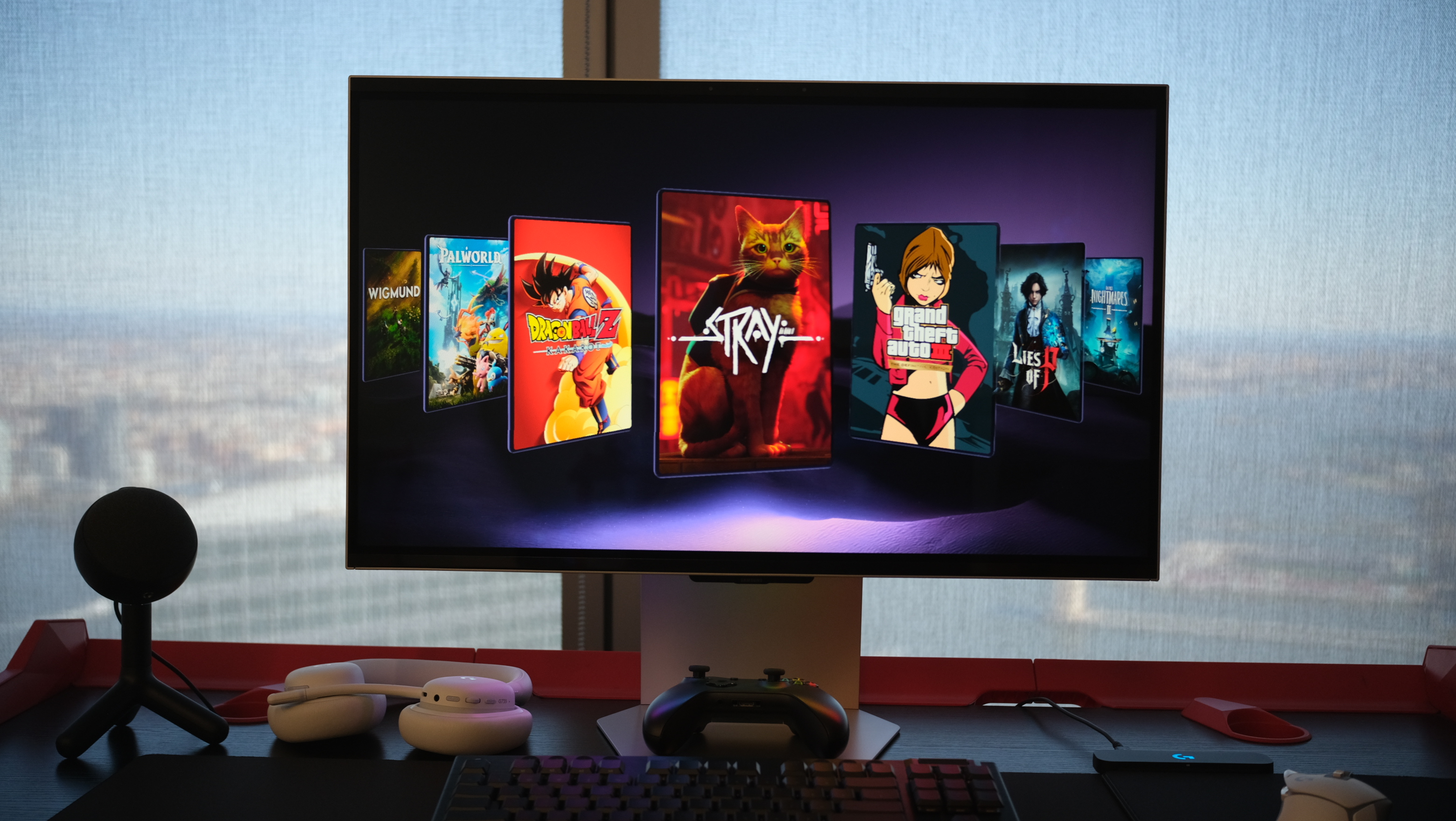Foldables aren't catching on — 5 phone experts explain why
JerryRigEverything, Austin Evans, MrMobile and more lend their thoughts
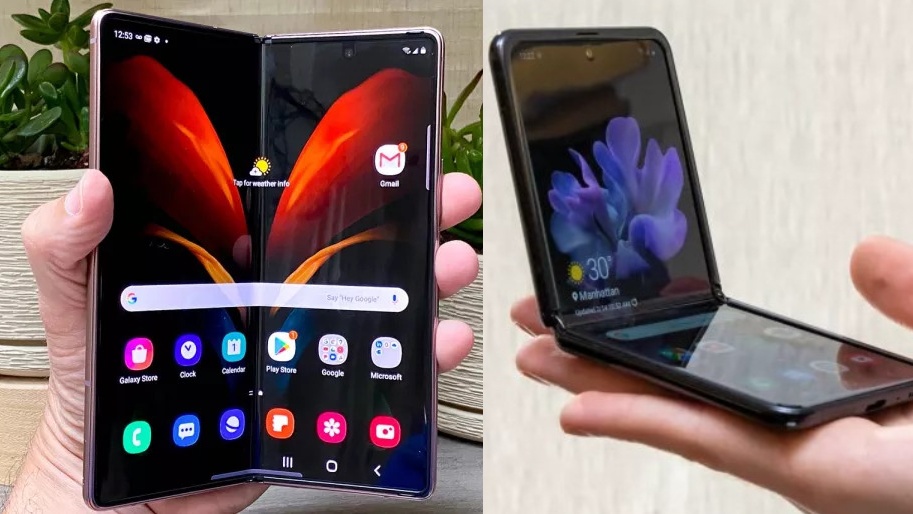
YouTube tech star MrMobile picked up my phone call on his snazzy Samsung Galaxy Z Fold 2 to chat about the current — and let’s be honest — tragic state of foldables. “Why aren’t foldables catching on?” I asked MrMobile, or Michael Fisher, as he watched the sunset in a Brooklyn park. “Could it be that foldables aren’t ‘cool’ enough?”
“Not cool, enough?!” seemed to be Fisher’s reaction. He told me he can’t go anywhere with his Galaxy Z Fold 2 without evoking “oohs” and “ahhs.” “I get interrupted at bars. I get interrupted when I'm reading books. Every time I take it out, people want to know about it,” Fisher said, illustrating that foldables are — without question — cool.
- Lenovo ThinkPad X1 Fold review
- Phones with the longest battery life in 2021
- Systems of the Stars: Here’s the $6,000 laptop MrMobile uses
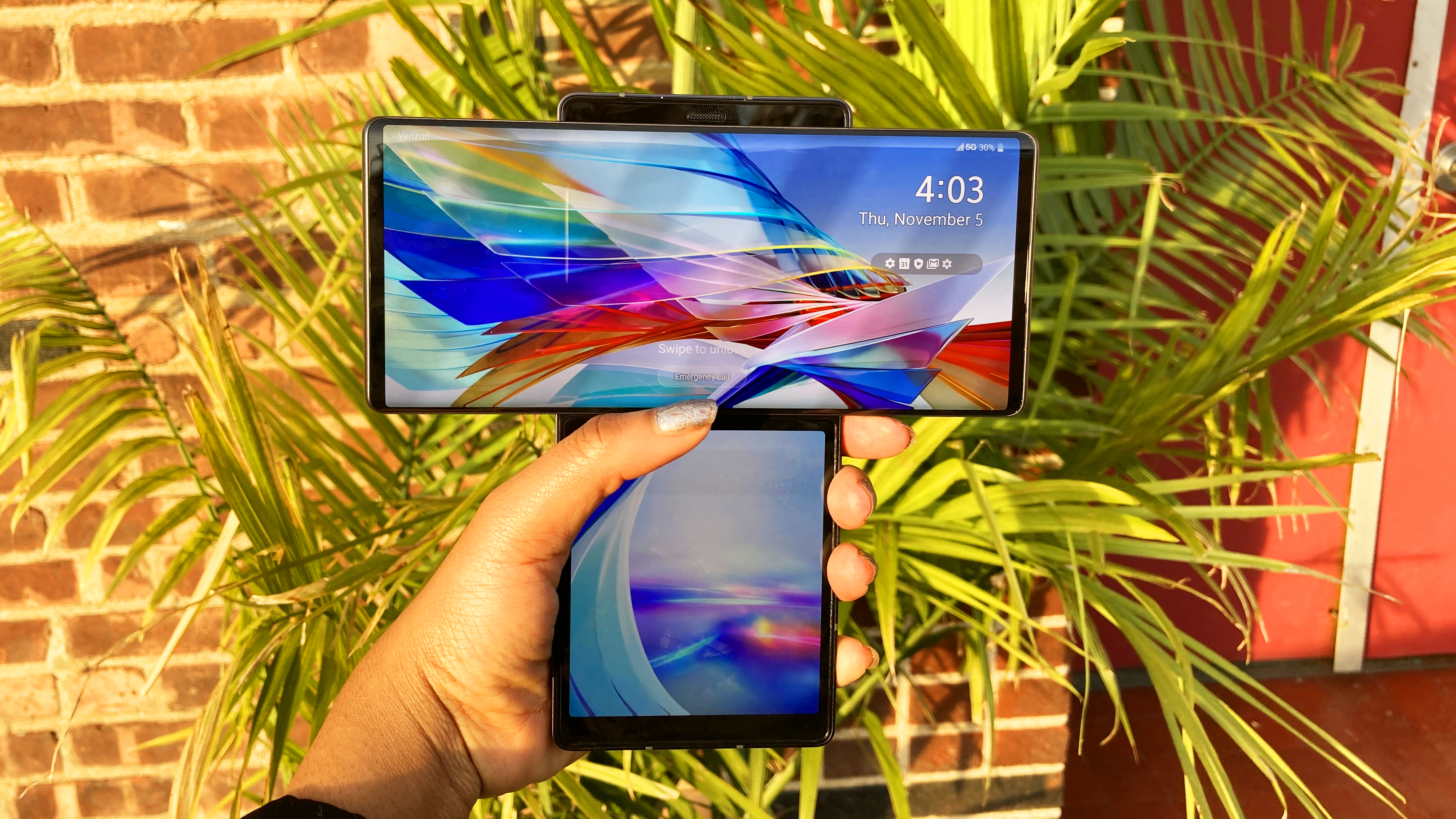
I realized I wasn’t clear about my definition of “cool.” You see, the Galaxy Z Fold 2 emanates a different type of cool. My LG Wing, for example, is the same class of cool as the Galaxy Z Fold 2. Every time I hold that wacky, cross-shaped thingamajig in public, I look like I’m about to fight off sci-fi vampires, so naturally — like the Samsung foldable — it attracts curious, awe-struck strangers.
Onlookers may marvel at the Galaxy Z Fold 2 and LG Wing’s shape-shifting forms, but are they cool enough to sway the general public to buy ‘em? I don’t think so.
Apple, on the other hand, has successfully manufactured a whole zeitgeist — forget trend — convincing the masses that if they don’t own a current-gen iPhone, they’re at the bottom of the totem pole. Foldables have not yet reached iPhones’ level of “you can’t sit with us” cool. In other words, most consumers don’t feel like losers for not owning a foldable.
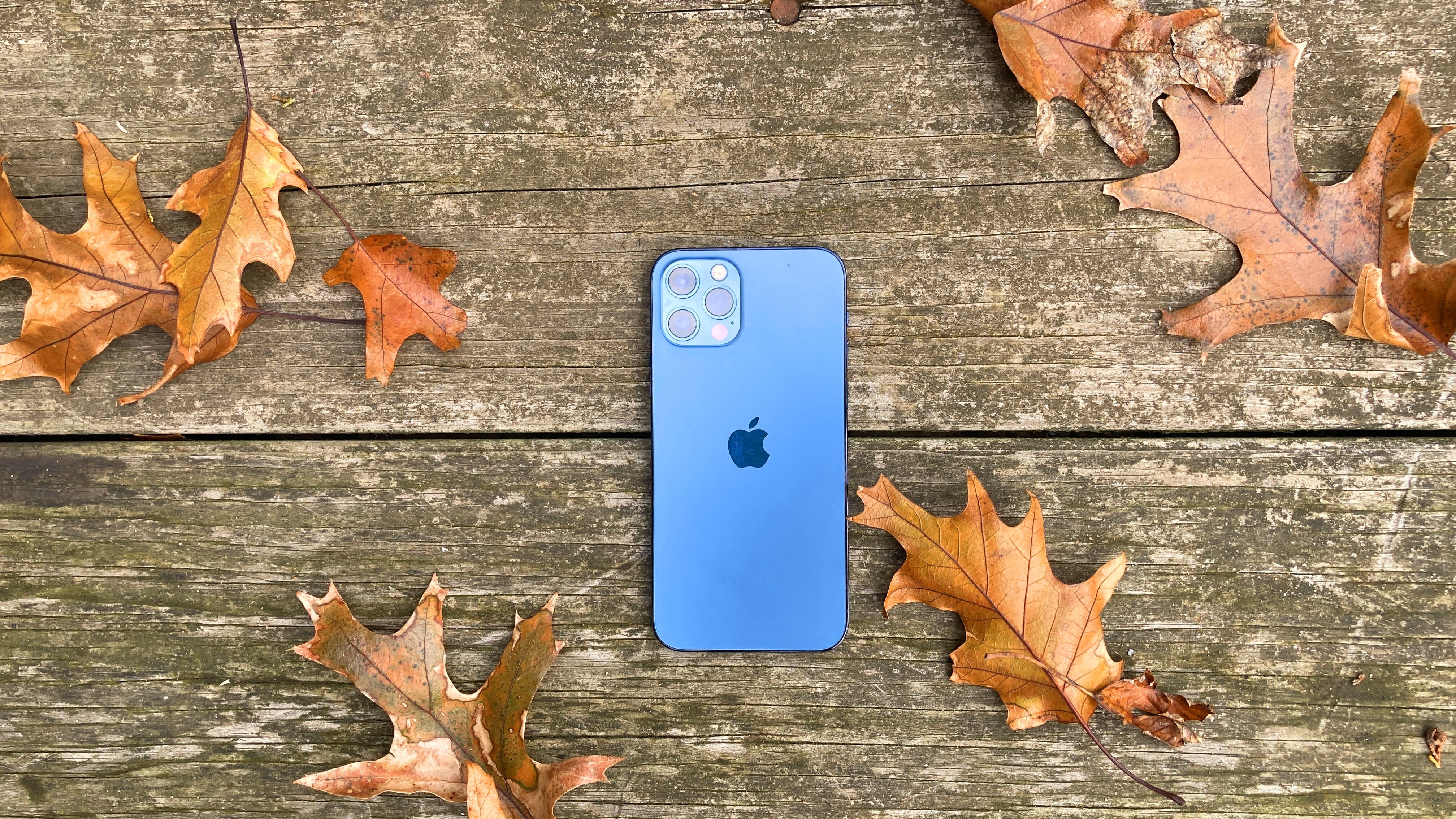
After I dissected my definition of cool, Fisher agreed, adding Apple’s walled garden of interconnected apps and devices gives the brand an edge. “Nothing can compete against the Apple ecosystem's advantage. Nothing at all. If that didn't exist, I think the foldables would definitely have a bit more of an advantage,” Fisher said.
It’s a shame foldables aren’t getting their shine. Fisher told me his experience with the Galaxy Z Fold 2 has been damn-near life-changing. “It has changed every single thing about the way that I interact with my phone. It has replaced my laptop 30% of the time. I've written scripts many times on the phone. I’m talking 2,500, 3,000 words very comfortably. I can't say enough good things about the Fold 2,” Fisher said.
Stay in the know with Laptop Mag
Get our in-depth reviews, helpful tips, great deals, and the biggest news stories delivered to your inbox.
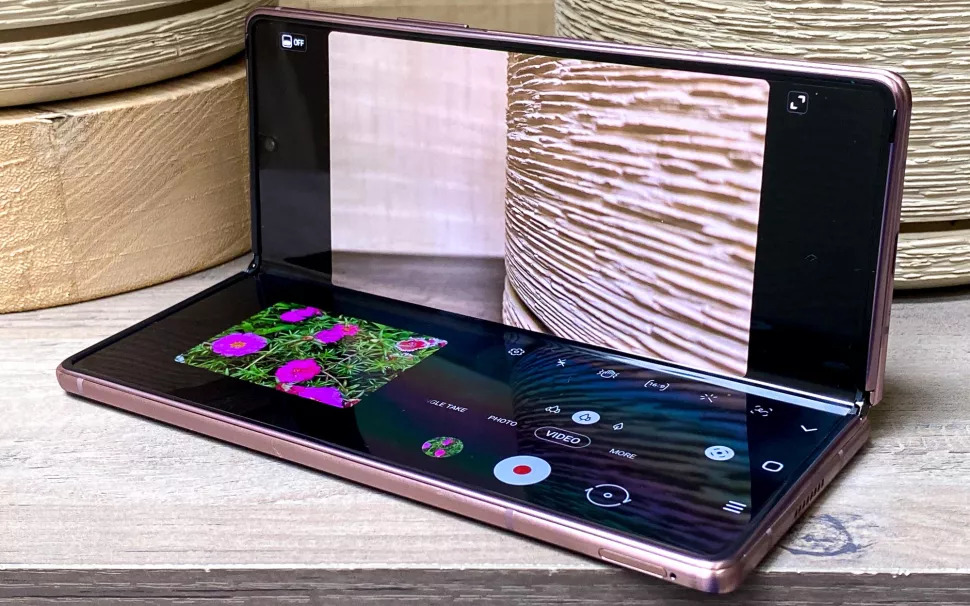
“What would it take for foldables to become more mainstream?” I asked Fisher.
“The price needs to come down significantly,” he said. Fisher isn’t the only one who believes the price is the main deterrent to foldable world domination. I asked four other phone experts about their thoughts on the foldable industry — here’s what they had to say.
JerryRigEverything, YouTuber
Zack Nelson is the brains behind the JerryRigEverything YouTube channel, which has nearly seven million subscribers to date.
Nelson tortures smartphones, whipping out knives to scratch their displays, slice open their hardware guts, and more. However, it’s all for a good cause — Nelson tears down devices to see how durable they are. Many tech YouTubers review phones from a surface-level, software angle. Nelson, on the other hand, offers his thoughts on hardware.
That being said, I reached out to Nelson and asked for his thoughts on the foldable industry. After all, he tore into the Galaxy Z Fold 2 and The Microsoft Surface Duo, so I figured he must know first-hand what smartphone companies must do to win over customers.
“I don’t think people are necessarily opposed to foldables,” Nelson said. “It’s just the novelty of a folding phone isn’t worth double the price of a regular phone. Once the price of a folding phone comes down to a 'normal' level, on par with other non-folding smartphones, we'll see more widespread adoption. The 'wow factor' isn’t worth an extra $1,000 to most people just yet.”
Austin Evans, YouTuber
Austin Evans is a high-energy YouTube tech personality who lets viewers join him through his wild journeys of PC building, next-gen console teardowns, and device unboxings.
Nearly five million subscribers tune in to watch Evans tinker with cool gadgets, including the Motorola Razr and iPhone 12 mini.
Due to his phone expertise, I decided to pick Evans’ brain about why consumers haven’t hopped aboard the foldable bandwagon yet. “You definitely picked the right guy to ask about this one,” Evans said. “I'll talk about folding phones all day long.”
The YouTube tech star told me that he’s been a Samsung Galaxy Z Flip user since day one. The Galaxy Z Flip brought back that oh-so-satisfying “snap” we all miss from old-school phones, but it modernized the passé clamshell form factor by making its screen foldable. “I really love the folding form factor in a way I don’t think most people have truly appreciated,” Evans said.
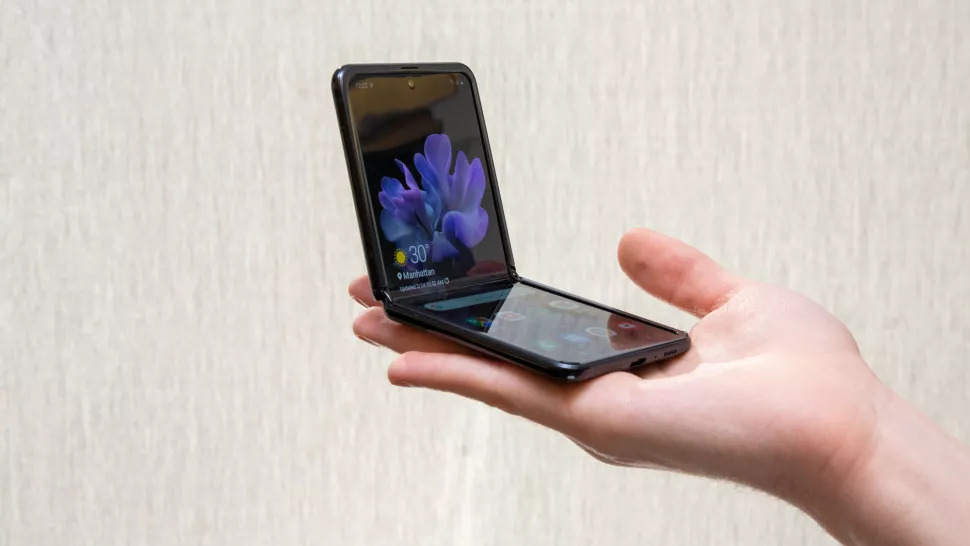
His theory behind why the Z Flip and its ilk haven’t caught on aligns with Nelson’s views: the price of bendable devices is too damn high. He also believes consumers are wary of foldables’ longevity and endurance. “The prohibitive price is certainly one of the biggest hurdles to overcome, but reliability is another one. Between the complicated hinges and less-than-robust displays, most don't necessarily think ‘durability’ when it comes to foldables,” Evans said.
Still, Evans is optimistic about foldable phones due to their eye-catching features. Who could pass up a tablet-sized display that folds into a phone à la the Galaxy Z Fold 2? Or a glitzy device that can fold into a pocket-sized form factor like the Z Flip and Motorola Razr? “It may take a couple of years, but once the teething problems are worked out, I really believe folding phones will hit the mainstream,” Evans said.
Sean Riley, Laptop Mag staff writer
Sean Riley is Laptop Mag’s resident phone expert who reviewed the OnePlus 9 Pro, the iPhone 12 Pro Max, the Asus ROG Phone 5, and more.
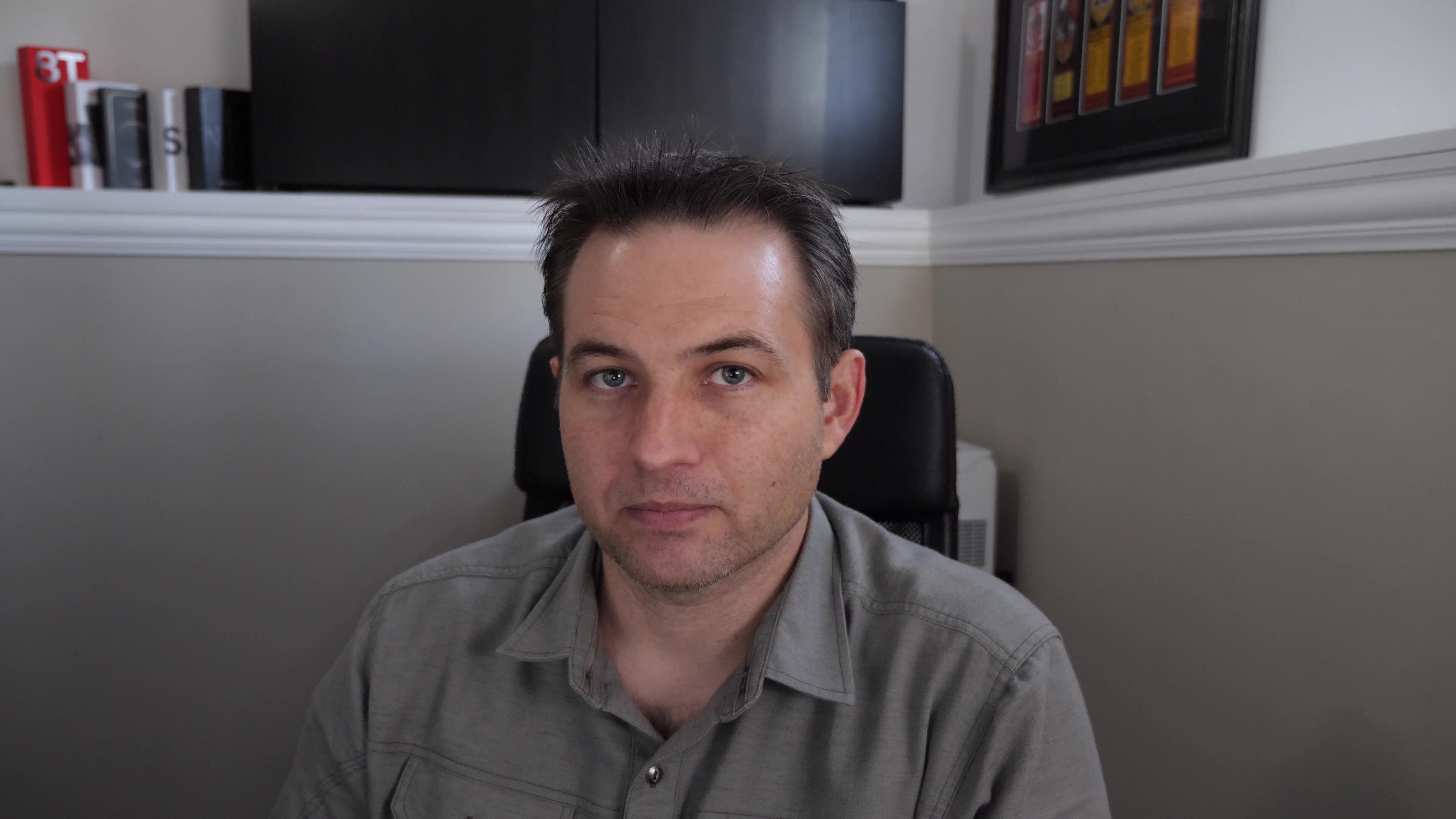
Whenever I’m stumped on a phone-related question, I ping Riley. Without fail, he always manages to clear my confusion. As such, I asked Riley to offer his thoughts on foldables and what’s hindering them from becoming popular among consumers.
Like Fisher, Nelson and Evans, Riley believes the price is a factor, but on top of that, he questions whether foldables have practical relevance in consumers’ lives. “While the technical achievement of folding displays may impress, the actual utility of them is far more difficult to convey,” he said. “In what way can a folding display make a truly meaningful difference in your daily phone usage?”
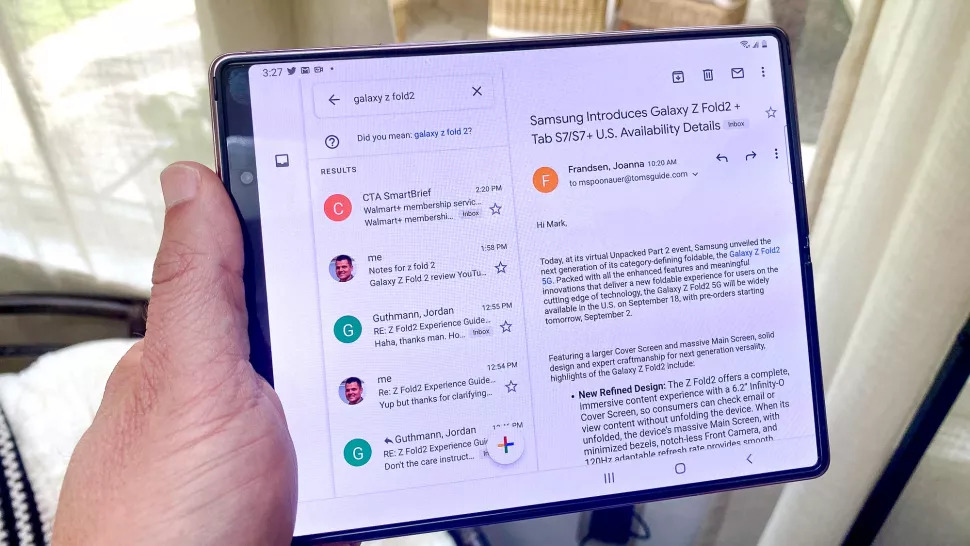
Many foldable devices can transform into mini tablets, but Riley pointed out that Android tablets aren’t well-regarded nowadays, so the concept of a phone-and-tablet-in-one isn’t immediately compelling to the masses. “Other specific advantages like superior multitasking on dual-screen foldables or Samsung’s Flex Mode that brings the same functionality to its hinged foldables are amazing, but harder to convey as crucial,” Riley added.
Lastly, Riley brought up a point that I — and the other phone experts — didn’t even consider: the aftermath of COVID-19. Perhaps this pandemic-affected era is simply bad timing for foldables.
“One of the biggest advantages that a foldable has to offer is a larger screen experience that is vastly more portable than a traditional phone or tablet. In a typical year, this would be a considerable selling point for those who travel or those who do a lot of work on the go, but the number of people doing either over the last 12 months has obviously been vanishingly small,” Riley concluded.
Adam Ismail, Jalopnik staff writer and former Tom’s Guide phone expert
Adam is a staff writer at Jalopnik and former editor at Tom’s Guide, our sister site, who covered mobile phones, automotive technology, retro gaming and more.
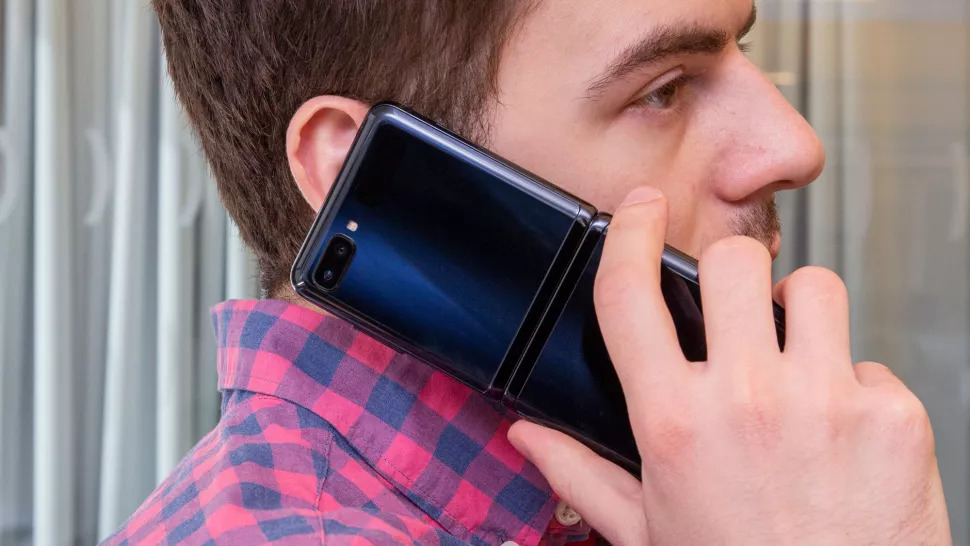
If I ever stumbled upon an anomaly during my phone reviews, “Ask Adam!” would often be the recommendation from my fellow Laptop colleagues. Adam’s passion for phones left such an unforgettable imprint on us, I couldn’t help but reach out to him to ask his highly valued thoughts on foldables.
“The novelty and wow factor [of foldables] are certainly there, but they're not strong enough to overcome all the other concerns — price and durability being chief among them. Those remain two major catches to foldables,” he said. Adam used the Galaxy Z Flip as an example. He says it’s a compelling device, but it’s $1,199 and it doesn’t even have 5G. As such, the Galaxy Z Flip is out of reach for most except the most fervent early adopters.
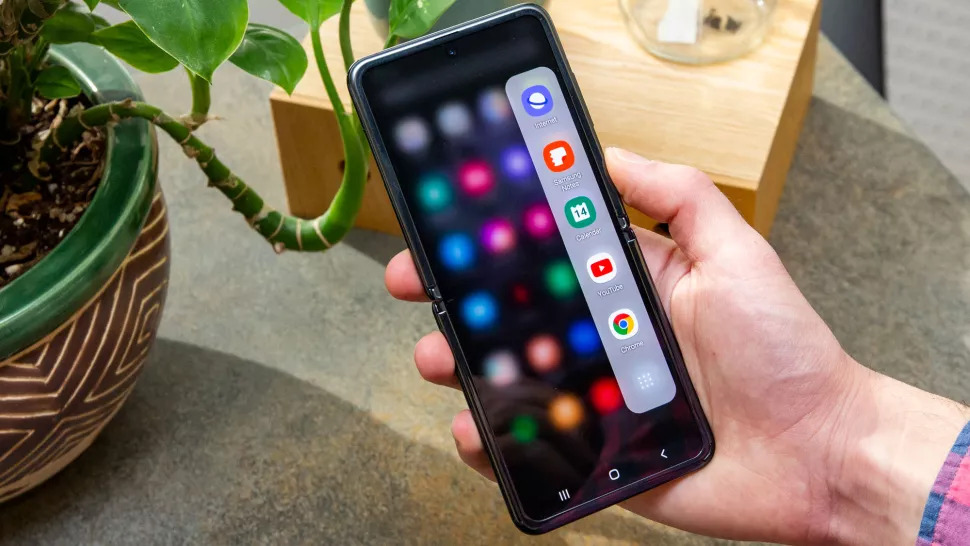
“The benefit of having a normal-sized screen that can fold down into a smaller footprint is handy, but let's face it — most people don't have an issue with gigantic phones. So what's the benefit to the mainstream, then?” Adam said.
Durability is another hindrance to foldables’ success, according to Adam. “Most people don't want to baby their phones, but devices like the latest Motorola Razr have known weak points, limited water resistance and plastic substrate displays that are nowhere near as durable as industry-standard Gorilla Glass. It's a risk that you're still paying a premium for.”
Finally, Adam concluded that some foldables often have to make trade-offs with performance and battery. “The end result just isn’t a sound investment for anyone who isn't an enthusiast dedicated to owning the most futuristic tech,” he said.
Bottom line
All five phone experts believe sky-high pricing is the main impediment to foldables’ success followed by concerns about durability. As Fisher said on our call, “even though there is water resistance on every one of the modern foldables, it's not certified for ingress protection. You can't put it in a bathtub full of water, take it out and expect it to live. So, the durability needs to be taken to that last step.”
The Surface Duo, for example, is ridiculously fragile. If you want to keep Microsoft’s foldable phone intact for years to come, you’d better move into a house made of bubble wrap. Take it from me: One wrong move and the Surface Duo will not survive. What’s the point of spending over $1,000 for a foldable if it won’t last?
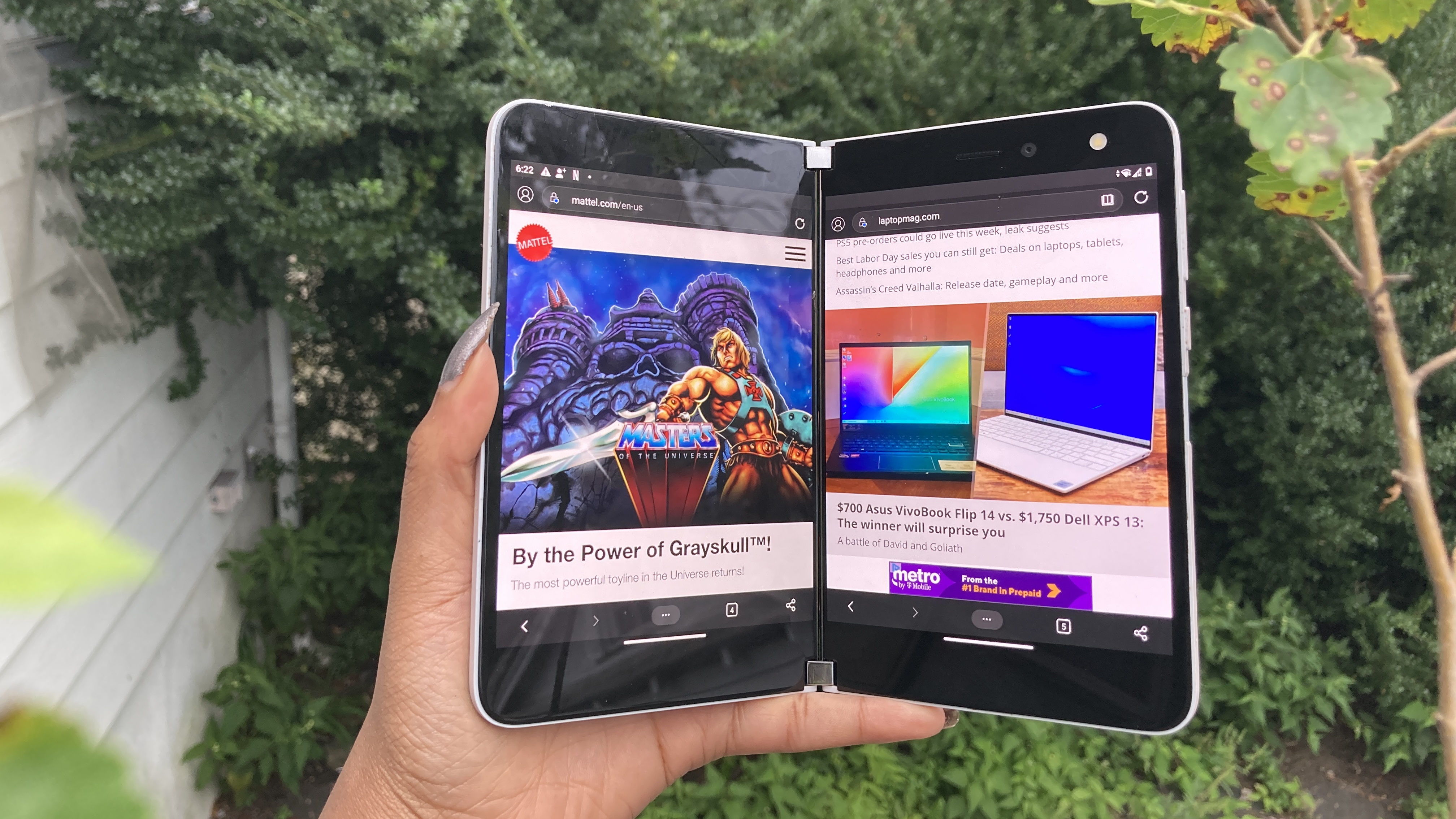
While the buggy Surface Duo is an example of how to not do a foldable, the Galaxy Z Fold 2 is the paragon of a successful bendable device. But, of course, the Galaxy Z Fold 2 is a second-generation foldable. Samsung addressed the predecessor’s flaws, and according to the stellar Galaxy Z Fold 2’s reviews, the Korean-based tech giant knocked it out of the park. Perhaps the second-generation Surface Duo may redeem itself in the same way — only time will tell.
Fisher, Nelson, Evans, Riley and Ismail are optimistic that foldables will eventually spread like wildfire once their prices drop, but I’m not so sure. As mentioned, I believe foldables need to be perceived as “iPhone cool” before they can become mainstream. Smartphone brands may need to launch a massive marketing effort that involves influencers, trendsetters and trailblazers. Once the public spots the “in-crowd” living an enviable lifestyle with foldable phones, watch consumers jump on the bendable device bandwagon. Even if the price is a little steep, I theorize most would splurge to win those highly sought-after cool points.
Kimberly Gedeon, holding a Master's degree in International Journalism, launched her career as a journalist for MadameNoire's business beat in 2013. She loved translating stuffy stories about the economy, personal finance and investing into digestible, easy-to-understand, entertaining stories for young women of color. During her time on the business beat, she discovered her passion for tech as she dove into articles about tech entrepreneurship, the Consumer Electronics Show (CES) and the latest tablets. After eight years of freelancing, dabbling in a myriad of beats, she's finally found a home at Laptop Mag that accepts her as the crypto-addicted, virtual reality-loving, investing-focused, tech-fascinated nerd she is. Woot!

